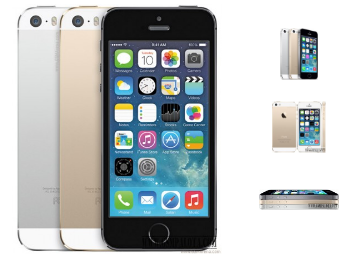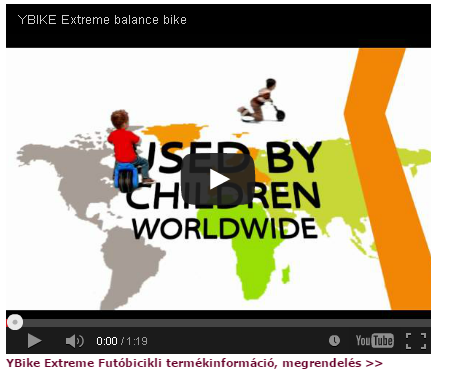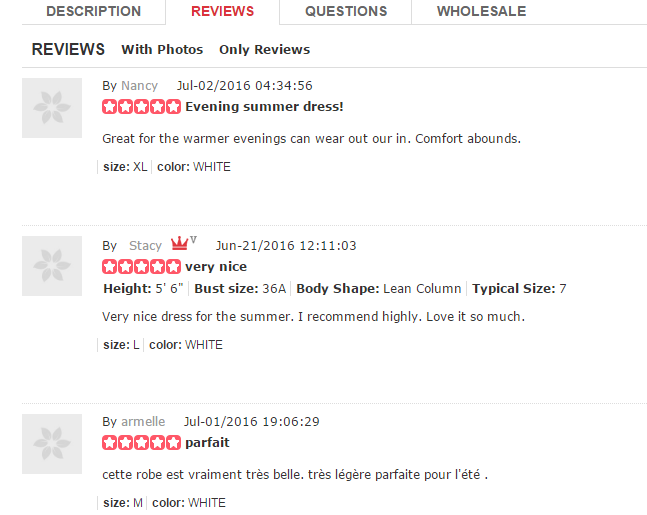How to create a product page that converts? | Weboptim
Many e-commerce businesses think that product pages are all about high-resolution images and detailed descriptions. Yet an effective e-commerce product page grabs the attention of the audience and compels them, so to speak, to convert into paying customers.
Which elements are important on product pages?
The product URL should be treated as a priority
The first critical thing: the optimized product URL. Unfortunately, there are many e-commerce sites that don't take into account that the URL is part of the product page (almost one of the most important).
There are 2 different URL types:

Which will users choose? The first, of course, which clearly shows that clicking on the link takes you directly to the women's shoes page. The second URL seems to take you to a category page where you either find women's trainers or not (it is not clear whether it offers men's or women's products.)
Lesson: SEO friendly URLs are important not only because they improve search engine rankings, but also answer fundamental questions during the initial stages of the buying process.
The URL should give a clear indication of where the user will land after clicking, the page should be relevant to the search term.
Pay attention to the product address
Snappy and attractive titles can significantly increase the number of clicks. The title should be SEO friendly, but there is a fine line between SEO friendly and over-optimised.

Lesson: Titles are important to search engines, but they are equally important to your target audience. Make sure your product page is well thought out, relevant and conveys the whole message in 65 characters or less.
Always use high quality images
The image section of a website is one of the most important parts of a product page because it is sure to grab the attention of visitors (provided it is well constructed). The clearer the product image, the more interest it will generate in users.
Tips:
– image size: be large enough so that visitors can easily see what they will get when they order. Images that are too small or too large have a negative impact on the user experience and may cause them to leave the site. The best thing to do is to use images of the same size and allow visitors to zoom in.
– several different angles: if you want users to buy your product, you have to encourage them to do so. Normal images are two-dimensional. By showing images from more angles, we can give potential customers a more realistic picture of the product. For electronic products (phones, laptops, tablets), it is important to show the product from more than one side, so you can see the width, the length, how it looks up close.

Lesson: When optimising your product page, make sure that product images are of high quality and available in different views. This allows visitors not only to see what the product looks like, but also to virtually experience the feel of the product, increasing the likelihood that they will become paying customers.
Product videos
It's simple and increasingly popular in e-commerce. Whether we like it or not, videos lead to fast sales.

Lesson learned: putting product videos on product pages is a trump card that can lead to better conversions. If you're skeptical, watch conversions.
Let's be creative when writing the product description
The product specification is important for two reasons. Firstly, it helps SEO: with a unique, quality and keyword-centric description, you are more likely to rank well in search engines. On the other hand, a well-written product description attracts visitors and encourages them to convert into customers.
When your site contains over 1000 products, it is a challenge to write unique and quality product descriptions. Overcoming this task can be frustrating, but you need it or you could lose a significant amount of potential visitors.
Even if your target audience can read a description of thousands of words, it's better to present the product in 60-80 words and hide the rest under a "more" button.
Lesson: Keep the following tips in mind when creating product descriptions for an e-commerce site:
- create unique content that encourages visitors to buy
- do not copy the product description from the manufacturer's website
- either invest the time to write a description of each product or hire a talented person who can help you
Specify quantity and colour options
If it is not available or hard to find, many people may turn back. It is important that the user can easily find and buy several products at once, rather than being forced to come back and buy again.
If you have a product that is available in multiple colours, show it as one product with colour options on the page, not three different products.
Lesson: The ideal product page does not frustrate users.
User reviews can work wonders
There are two different ways of thinking about valuations in e-commerce.
- One view is that there is no need for a review section on the product page because most people do not leave a review and the empty review field is not related.
- The other view is that many people think there should be a user review section because it provides additional unique content to the site.

None of the above is the right way. You can use the following strategy:
- send an email to every happy customer and offer them a 10-20% discount if they are willing to write a genuine review of the product on their previous purchase.
- encourage customers to leave reviews on the various product pages and reward them for doing so.
Lesson learned: product reviews are important as they can strongly influence visitors' purchasing decisions, but adding one more add-on to the site could be a mistake. The idea is to build a smart strategy and adjust as needed.
Don't forget the social sharing buttons
Use highly visible and easy-to-use social sharing buttons that encourage users to share the product on their social media. Not only will this increase the number of visitors, but recurring social traffic can bring more conversions to the site.
Lesson: Encourage visitors to share your product page, and sometimes reward those who do.
Let's be smart with the "add to basket" button
This is the most important element of the site for conversion optimisation. The "add to cart" button should be easy to find (otherwise you could lose potential customers).
Lesson learned: make the "add to cart" button stand out from the website's colour scheme, so users can easily identify it and move on in the shopping process.
Cross- and up-selling
You can always place sections on your product page that help cross-sell and upsell, which will get the most out of your customers.

Lesson learned: consider showing related products on the product page so that the user can buy or bundle the related product.
An e-commerce site is not complete without live chat
If you're a business that offers products in several different countries, try live chat software that supports multiple languages and helps you build relationships with foreign customers.
Lesson: Do we really need live chat on the site? An e-commerce business should think about this question because it might be worth investing in such software.
Pricing
There is no serious e-commerce website in the world that doesn't give a price on the product page or make it hard to find. So it might as well be listed in the first place.
The following are some things to consider:
- prices should be clear and easy to read
- use the most appropriate pricing strategy (experiment with different settings and monitor the conversion rate)
Lesson: Prices should be simple, clear and legible. Try different techniques that work in the industry (e.g., 9 number technique, bulk order discount, etc.)
Let's be reliable
The buying cycle starts with a simple question and continues once it has been answered. As potential customers browse the product pages, the most important question that crosses their minds is: why should I trust this company?
It's important to have some sort of trust mark on the product page, but where to put it is a tricky question and only A/B testing can tell you exactly. Try placing trust marks on different parts of the page and test them to see where they work well for your target audience.
Lesson learned: quality trust signals are important and need to be incorporated into your e-commerce website to increase business conversions.
Page load time
A slow website kills SEO and drastically reduces conversions.
Every second counts: average users are impatient and don't wait if the page takes a long time to load. Most people are willing to wait 6-10 seconds before logging out.
Lesson: Every second counts in e-commerce. Product pages should be simple. Shoppers have no patience for slow websites.
Mobile
If your product page is not mobile-friendly, you could lose 50% of potential customers.
All of the above factors apply to mobile websites too: people are even more confused when using a mobile device, so using concise, clear messages and choosing a large, easy-to-read font is the best way to go.
Summary
Product pages are often neglected as businesses seek to optimise long-tail keywords at the expense of users. Don't make this mistake. Focus on optimizing product pages while keeping the user experience in mind and you're likely to achieve a higher conversion rate.
Source: moz.com